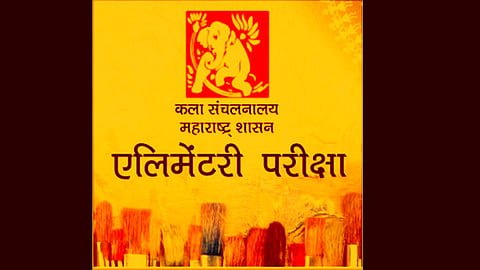

Pune: The annual Elementary and Intermediate Art exams, conducted by the Directorate of Art, Mumbai, are set to begin this Wednesday (September 25). These exams foster an artistic inclination among students and help develop their aesthetic sense, creativity, and appreciation of Indian art and culture.
Introduced with the goal of nurturing young artistic talent, these exams test students’ ability in various aspects of drawing, memory work, calligraphy, and creative design.
Students who perform well in these exams are also awarded extra marks for their 10th board exam results, thanks to a grading system implemented by the state government in 2016-17.
This system offers additional grades (A, B, and C), contributing 7, 5, and 3 extra marks respectively. These extra marks can boost a student’s overall board percentage by up to 1.5%, making the art exams a significant factor in academic achievement for many.
Art teachers like Ramesh Gadhve from H.A. School, Pimpri have shared several useful tips to ensure a smooth and successful examination experience.
According to Gadhve, students should confidently approach the exam with the necessary tools, including a variety of pencils (H, HB, 2B, 4B, 6B), drawing paper, clean brushes, and organized coloring mediums such as watercolors, oil pastels, and colored pencils.
He also advises against consuming oily food before the exam, suggesting a balanced diet of fruits and dry fruits to keep the students energized throughout the test.
In terms of technique, students are encouraged to follow their art teachers' guidance during the exam and manage their time wisely to complete their assignments.
For still-life drawings, careful observation and proportionate rendering of objects are essential, with appropriate use of light and shadow. Memory drawings, on the other hand, should focus on capturing human figures and everyday scenes, such as festivals or events, with proper proportions, movement, and shading.
Creative designs will require the use of geometric and natural shapes like birds and flowers, while calligraphy should be approached with precision, employing geometric tools and focusing on proportion and neatness.
Students are also reminded to use both sides of the paper and ensure their drawings are filled with color and detail, leaving no part unfinished
